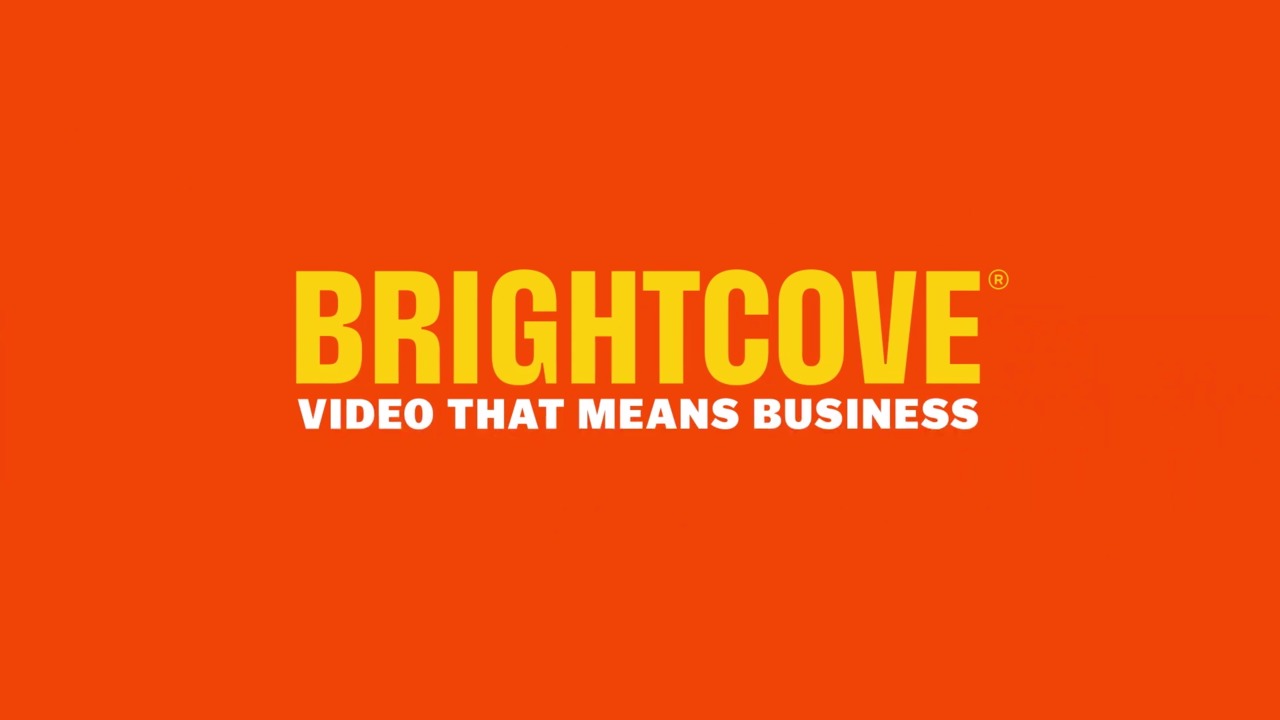These days, just about anyone can create a blog and build a substantial following. Generating content for a blog isn’t easy, and bloggers are always on the lookout for engaging content to display to their viewers – like your videos, for example.
You can make it easy for these bloggers to display your videos using Brightcove’s blog this/get code feature. In doing so, you’ll increase your viewership, as the blog’s entire audience will be exposed to your video.
Even better, Brightcove’s branding options – logo overlays, bumper videos, and banner images – will travel with your video when a viewer uses the get code button. So your viral viewers will be seeing not just your video content but any branding initiatives you’ve set up as well.
Today I'll show you how to take full advantage of the blog this/get code feature by designing a branded Default Viral Player.
Why have a dedicated Default Viral Player?
The blog this/get code button doesn't give the viewer the code for the player they're currently looking at -- instead, it gives them the code for whatever player you have specified as the default viral player. This can be any single video player in your account, but I recommend the Video Player with Logo because of its branding options.
The first benefit of having a dedicated viral player is that you can brand it to the end of the earth, and make sure that anytime your video is shared via the get code button your branding travels with the video. This means more exposure for your organization, and more inbound links to your website.
Secondly, you'll be able to track your viral viewership. If you don't use the viral player on your own site, then any views you see in the player must be a result of others embedding your videos. You can track views by player by clicking on Reports from the Studio homepage, and selecting Total Video Plays from the menu on the left.
How to set up your Default Viral Player
To set the default viral player, we'll do 2 things: Create and style the player itself, and then tell the Brightcove Studio that the player we've created should be the default viral player.
1. Creating and styling the player
Here's an example of the default viral player for my Express account:
On the player level, I've made two important changes -- adding a banner ad to the player and setting a player-level bumper video.
You can upload your own banner images from the styles menu in the publishing module. Adding a banner on your default viral player means that the image will be seen wherever the player is embedded. If your video goes viral and appears on lots of blogs and other websites, your brand will be there as well. And you can make the banner clickable, generating inbound links and driving traffic to your website.
The second step is to create a branded bumper video to attach to the player. This ensures that viral viewers see a branded message before viewing your content. Because you can set the bumper video at the player level, you won't have to worry about viewers on your site having to sit through the message -- the bumper video will only appear on the default viral player embedded on others' websites. You can set a player-level bumper through the settings menu in the publishing module.
2. Setting your player as the Default Viral Player
This step's easy: just click on Account Info>Account Settings from the Studio homepage and click the edit button next to Default Viral Player - the first option you see on the account settings page. Then select the player you just designed from the dropdown menu.
You're done! Now any time a viewer decides to embed your video on their website, they'll also be embedding your branding images. This is web 2.0 at its greatest!

